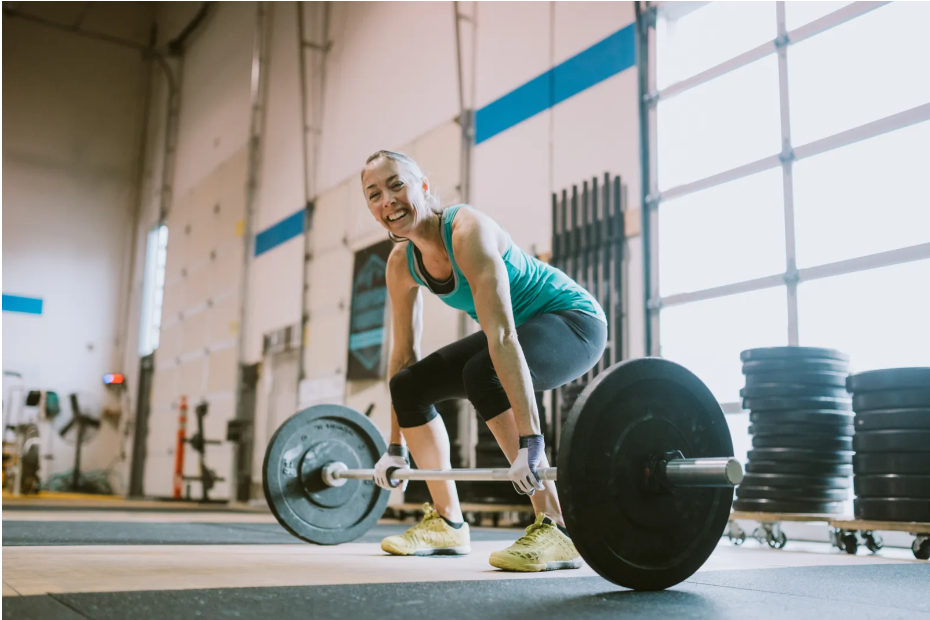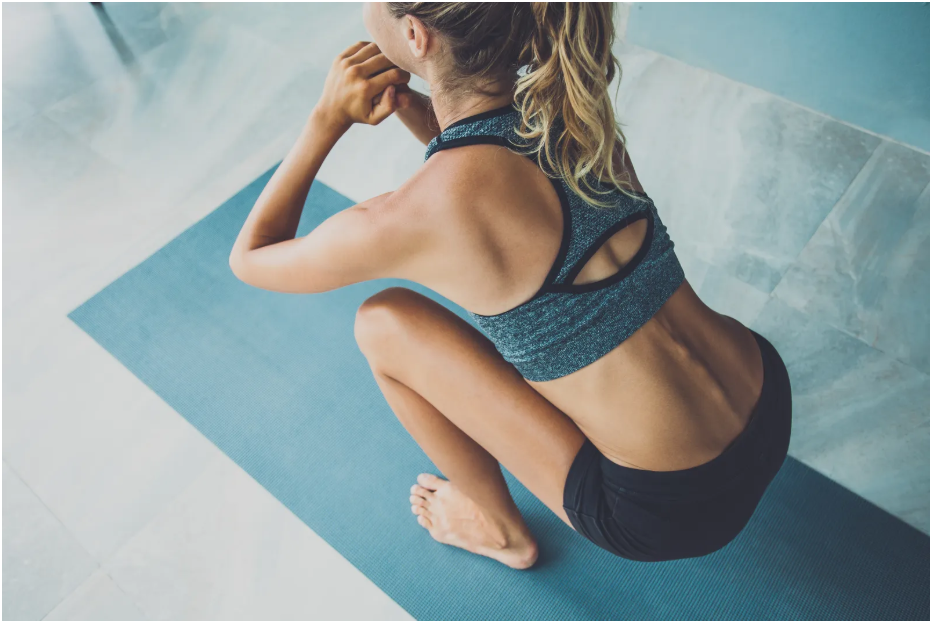The Physical Benefits of Squats
The squat, while seemingly simple, is a versatile exercise for the body. It activates the leg, hip, and core muscles, promotes blood circulation, and strengthens joint stability. Over 80% of the body’s muscles are used to support standing and walking. Squats maintain muscle strength and flexibility, becoming a cornerstone for fighting aging.
Squats and Joint Health
Scientific research shows that regular squats help strengthen and improve knee and hip joint strength and flexibility, preventing osteoporosis and arthritis. Squats improve joint lubrication, reduce pain and discomfort, and support smooth daily activities.
Squats Boost Metabolism and Cardiopulmonary Function
Squats not only shape the body but also stimulate metabolic activity. Squats consume significant energy, promote fat burning, and reduce visceral fat. They also help improve cardiopulmonary endurance and regulate blood pressure, making them crucial for a healthy and long life.
Key Points for Proper Squatting

- Stand with your feet shoulder-width apart, toes slightly pointed outward.
- Keep your knees below your toes when squatting, and sit your hips back, keeping your spine upright.
- Maintain a tight core and maintain steady breathing.
- Squat slowly, controlling your pace and avoiding overexertion.
- For beginners, we recommend 8-12 repetitions, with three sets as the recommended practice.
Proper form not only prevents injury but also maximizes muscle and joint stimulation.
The Psychological Impact of Squats
Persistent squat training not only strengthens your body but also your mind. Every rise is a challenge, and small steps add up, transforming your mindset from lethargy to positivity. Squats are a spiritual practice for both body and mind.
Integrate Squats into Your Life
Long-term health starts with daily habits. Try a few simple squats after waking up in the morning or during a break at work. Regardless of age, squats are a good habit that improves quality of life and promotes longevity.

